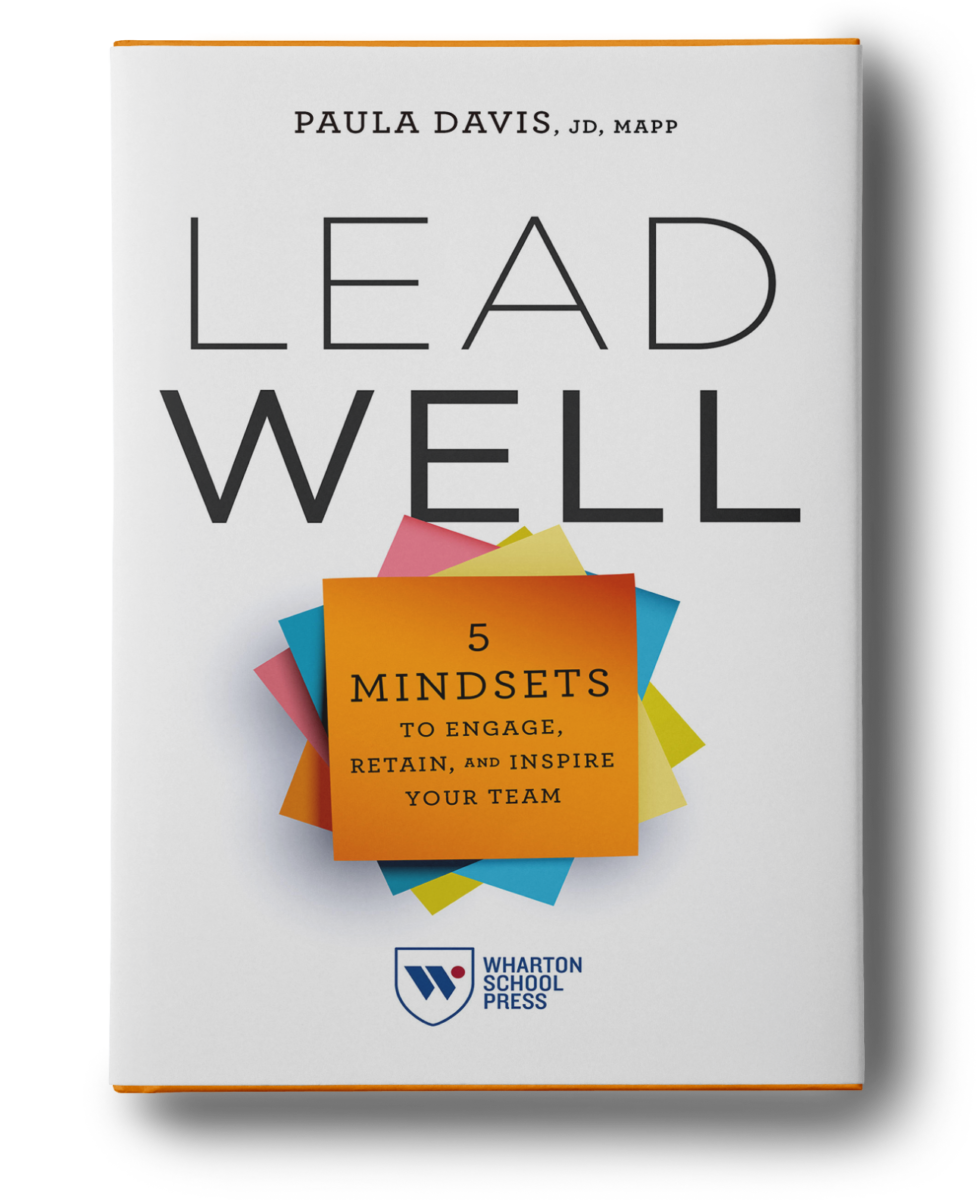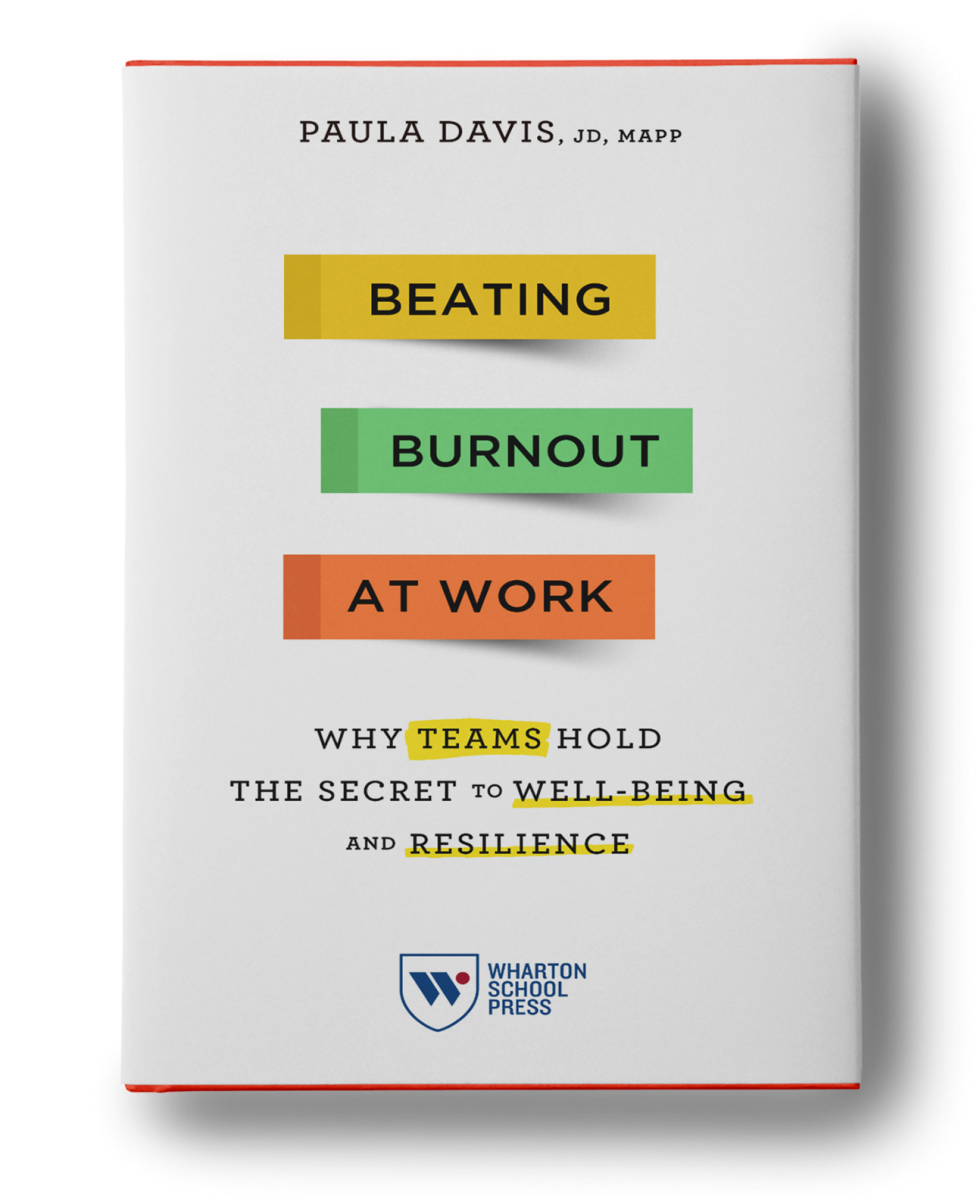The beginning of a new year is a natural point in time to assess where you’re at in life and to set some goals. Given the busyness of life, the ongoing pace of work, and the general tenor of the world in which we live, hope is an important skill to develop.
While many people think of hope as an emotion, researchers describe it as a cognitive theory that is tied to goal setting. Hope researcher, Dr. C.R. Snyder, often described hope with this phrase: “You can get there from here.” He believed that life is made up of many thousands of instances in which you think about and figure out how to get from Point A to Point B.
Hopeful people share four core beliefs:
- The future will be better than the present;
- You have a say in how your life unfolds;
- There are multiple pathways to achieving personal and professional goals; and
- There will be obstacles.
High levels of hope have been linked to less absenteeism, more productivity, and greater health and happiness. This is a summary of some of the hope research:
Hope and Leadership
Leaders need to be skilled at building hope in their followers. A random sampling of more than 10,000 people was interviewed by a Gallup Organization research team and asked to describe a leader that had the most positive influence on their daily life. These followers were asked to describe this influential leader in three words. The research showed that followers want their leaders to meet four psychological needs: stability, trust, compassion and hope.
Hope and Productivity
Hope and productivity are connected. I suspect that on the days you get the most done you have a strong sense of what your goals are combined with the energy to accomplish what you want. Increased levels of productivity translate into business results. Hopeful salespeople reach their quotas more often, hopeful mortgage brokers process and close more loans, and hopeful managing executives meet their quarterly goals more often.
Hope, Stress & Resilience
When you experience stress, how do you respond? People with high levels of hope typically generate more strategies for effectively coping with a stress-producing event and express a greater likelihood of using one of the strategies generated. High-hope people are flexible, accurate and thorough thinkers; that is, they have the cognitive flexibility to find alternative solutions when they get knocked off course.
Hope and Social Connection
People with higher levels of hope often have close connections with other people because they are interested in other people’s goals and lives. Research also shows that high-hope people have an enhanced ability to take the perspective of others and enjoy interacting with other people. Higher levels of hope are also associated with more perceived social support, more social competence and less loneliness (an important finding since research has shown that many professionals struggle with loneliness).
Hope is a process that includes three parts:
- Goals: Hope stems from the goals that matter most to us as we shape where we want to go in life and in work.
- Agency: This is our ability to feel like we can produce results in our lives and make things happen.
- Pathways: There will often be many routes you can take to accomplish your goals. Being able to identify these different routes, along with the obstacles that might arise, is critical to being hopeful.
Since instilling hope is such an important aspect of good leadership, here are three ways leaders can motivate their followers:
- Create and sustain excitement about the future. Is there a great project on the horizon? What is the compelling vision you paint for followers at work?
- Help your followers knock down obstacles to goals, and don’t put up new ones. Take the opportunity to discuss specific obstacles your team members face, then be a catalyst to help them find new pathways around barriers.
- Reestablish goals – or re-goal – when the circumstances demand it. Sometimes your original vision just doesn’t work out, and good leaders know when to switch to Plan B.
Hope is inspiring. My mentor Dr. Shane Lopez said it best: “Followers look to leaders to capitalize on the spirit and ideas of the times, to dream big, and to motivate them toward a meaningful future.” We are in desperate need of this capacity in our work and in our world.







